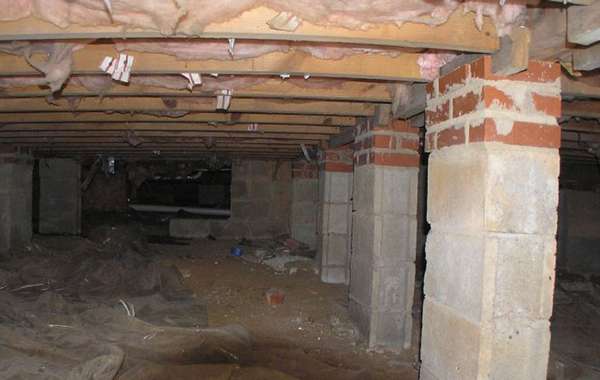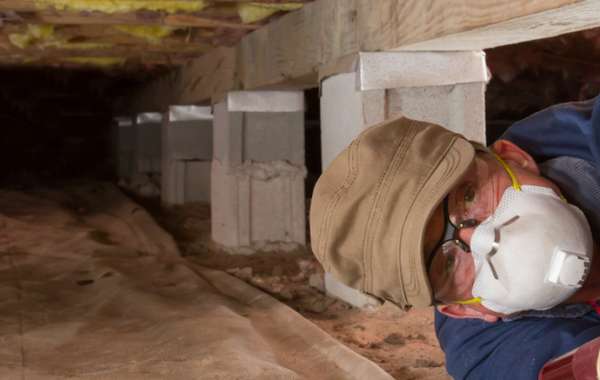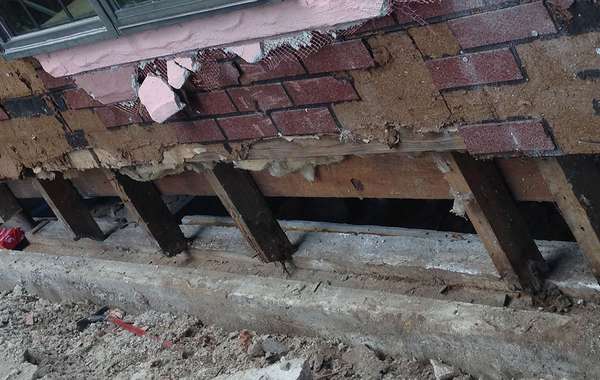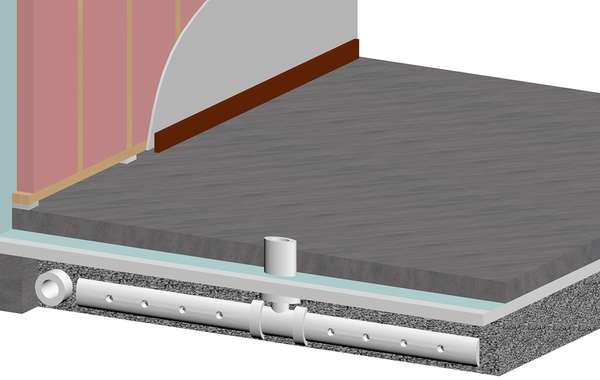How do you insulate a crawlspace?
I live in Northern Ontario in a house converted from a cottage, it has a 20 'X 20' crawlspace with floor joists at about 24" on center. I put 6 mm polythene on the ground and put fiberglass insulation between the joists. Since then I have noticed a lot of condensation and mold forming on the insulation despite the crawlspace being ventilated with hatch doors. What have I missed? We have a water heater but no furnace, so its stays pretty cold.


























The most likely cause of your problem is actually the inclusion of ventilation, which is a fairly common mistake. In most regional climates across Canada, ventilating a crawlspace will not reduce moisture problems, it will add to them as warm and humid summer air can condense on the cooler surfaces. Another possible cause of the moldy insulation is if you didn’t include a vapor barrier on the warm side of the insulation, meaning between the joists before the insulation. And due to the stack effect, this air will also rise into the conditioned living space above. Rather than inviting in new humid air in a crawlspace with ventilation hatches, you’d be better keeping them closed and using a dehumidifier.
Here is a page that explains - How to insulate a crawl space properly to avoid
And before you start work, best to check if you have a radon gas problem, read more here - How to remove radon gas from basements and crawl spaces
Solutions:
The first thing we would recommend is removing the wet and moldy fiberglass insulation. Fiberglass is quite susceptible to moisture damage and when it is wet it offers very little in insulation value. You’d be better with an insulation like foam or Rockwool (Roxul) that is not affected by moisture, so it’s much safer to have in a potentially humid environment like a crawlspace. Insulating between the floor joists is not the best way to reduce heat loss in a crawlspace as you will have created two separate environments in terms of temperature and humidity. We normally recommend insulating and sealing the crawlspace walls and floor instead, and having it moderately heated to keep any pipes from freezing. If insulating between the joists is your chosen method, be sure there is a vapor barrier included on the warm side of the insulation.